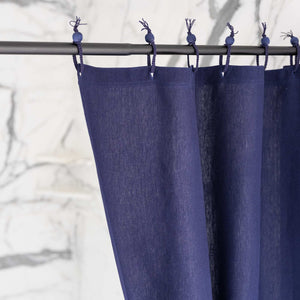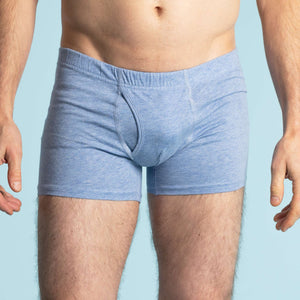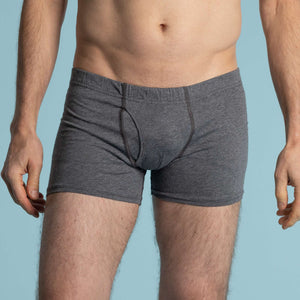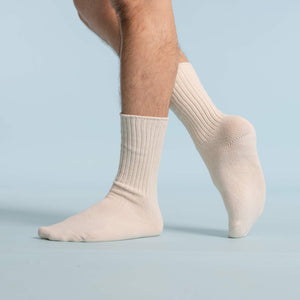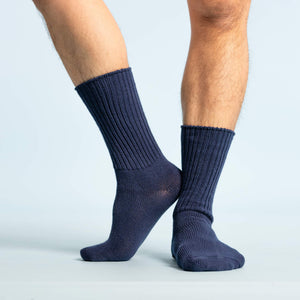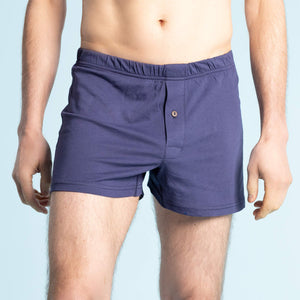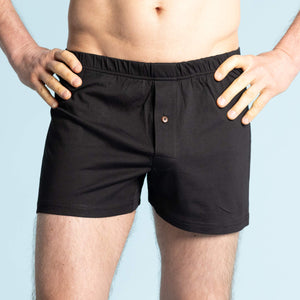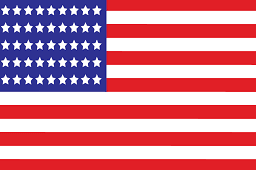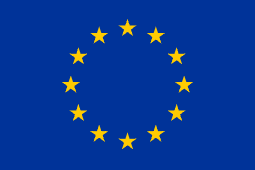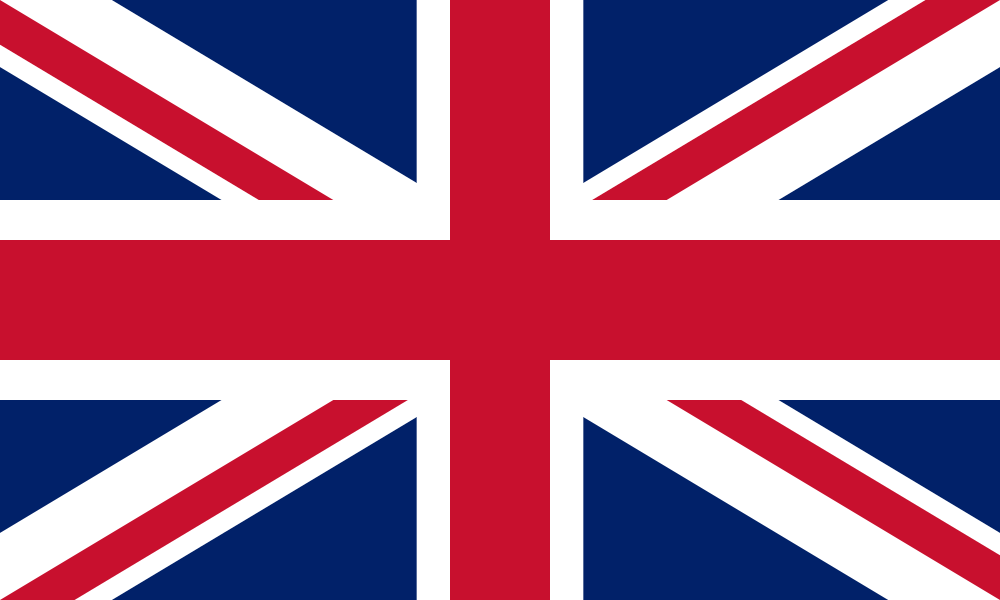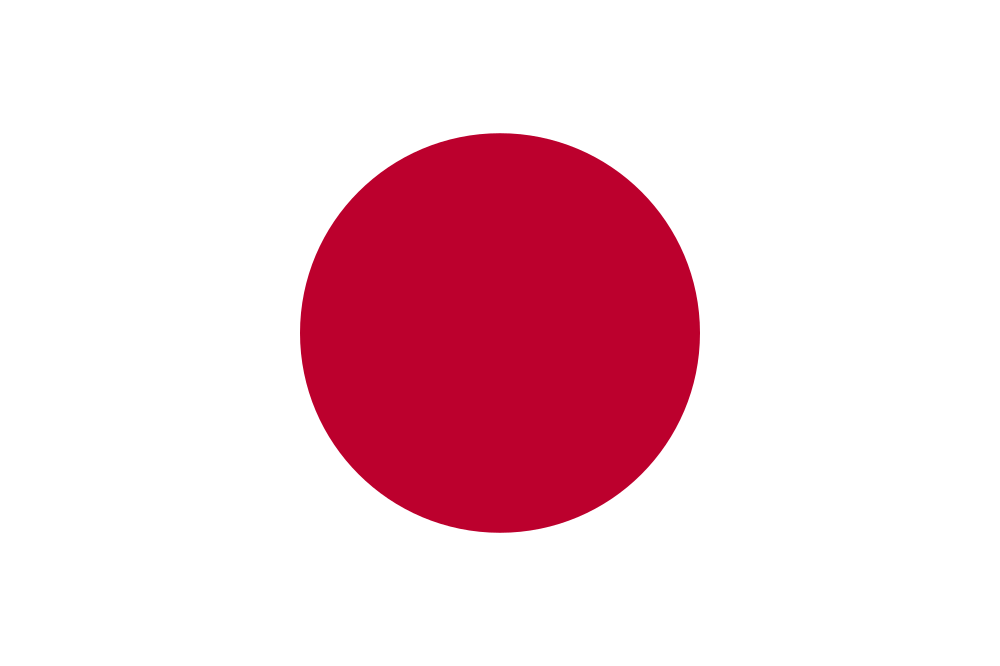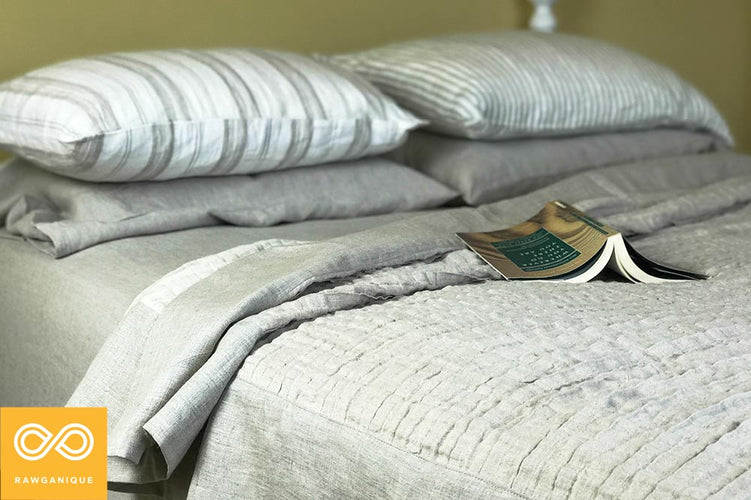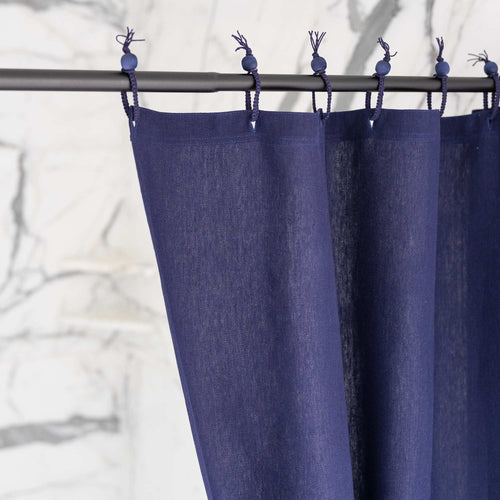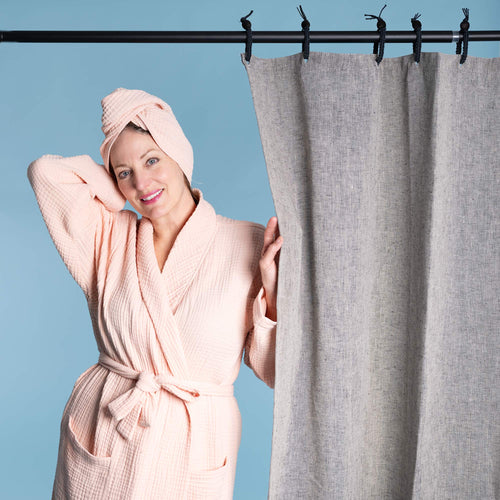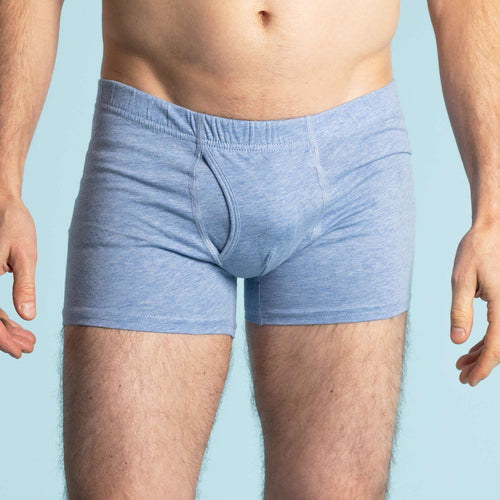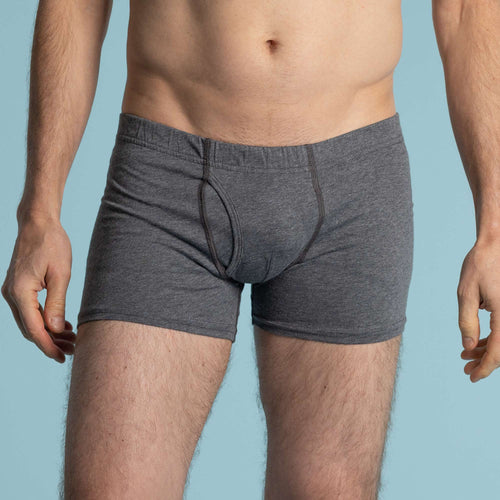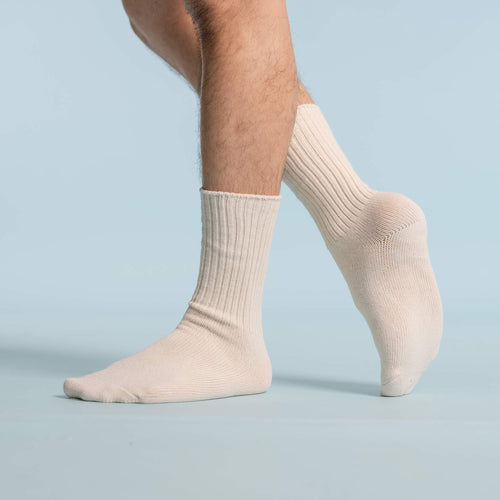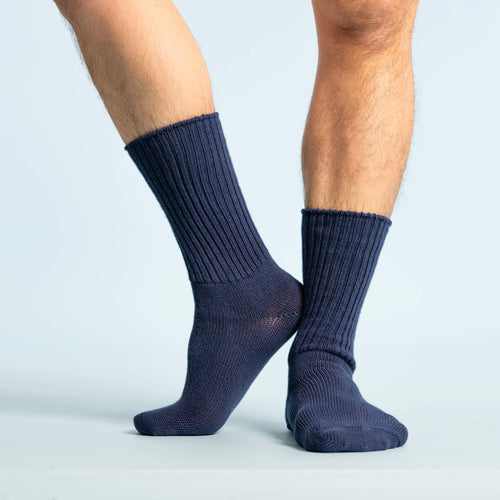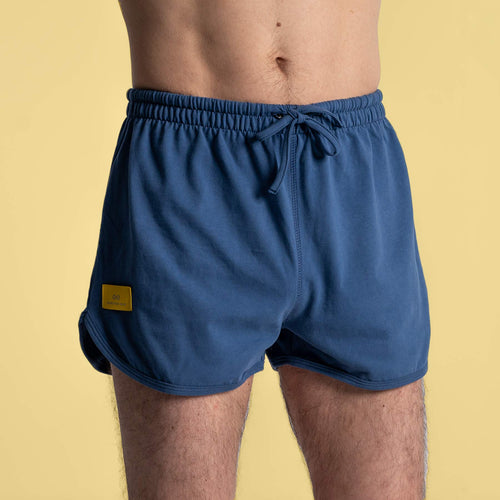The Many Uses Of Flax
Flax is the strongest vegetable fiber known, next to hemp in strength and durability. Clothing of flax is extremely durable and ages well.
Flax thrives in poor soil and requires little or no irrigation. It is very easy to grow, but harvesting and extracting the fiber and making yarn for weaving is still best done manually, unlike cotton where machines replaced most manual labor. The flax plants are pulled by hand, for the longest fibers running all along the stem from bottom to top. For organic linen retting, the next step and crucial for being able to separate the fiber from the stalk, has to be done by leaving the flax on the fields for rotting the stalk by repeated dew and sunshine; or by steam inside. Both is much slower than chemical processes for conventional linen. After that, it is all beating, breaking, combing - no chemicals involved at all.
Hollow core makes it light and cool. Wearing linen, you perspire much less than in cotton or wool, and the skin is a few degrees cooler.
Flax is hypoallergenic and anti-inflammatory; its excellent breathability and moisture-wicking is beneficial when worn as undergarment, especially for people with yeast-infections and menopausal women suffering under hot-flashes. By lessening heat buildup, it also increases male fertility because sperm is very sensitive to heat.
Linen protects against harmful electromagnetic frequencies such as WiFi, cell-phone signal, etc.
Organic linen is grown and processed without chemical herbicides and pesticides, protecting the farmers, the factory workers, the end consumer, and the eco-system from those neurotoxins and cancer-causing substances. Only heat and steam and mechanical treatment are used in softening the fiber - no chemicals and no stone-washing.
History: Since ancient times, the growing and use of linen is a deep tradition in human cultures. It is written in the Bible that Adam and Eve as well as the Angels in Heaven wore linen; there is scientific evidence of nets and twines made of linen used around Swiss lakes 8,000 BC. Egyptian Pharaos wore linen, and wrapped their mummies in linen that was found to be completely intact when the tombs were opened in our times. Larger scale production began in Egypt, spread to England and Ireland, then France and the rest of the western world. Its importance was diminished only by the advent of cheap cotton, grown in the southern States, using cotton ginny and fossil fuels. In modern times, in addition to labor-saving processing, cotton benefits from huge public subsidies, rendering linen and hemp uncompetitive for the lower and mass-production end of the market.
Linen remains the fiber of choice for those who value the tremendous health and ecological advantages of linen, as well as its unique comfort and texture. Even the finest cotton cannot match the luxurious feeling that a night in a bid made with Irish linen provides; or the light and cooling feeling of linen on the skin on a hot day.
